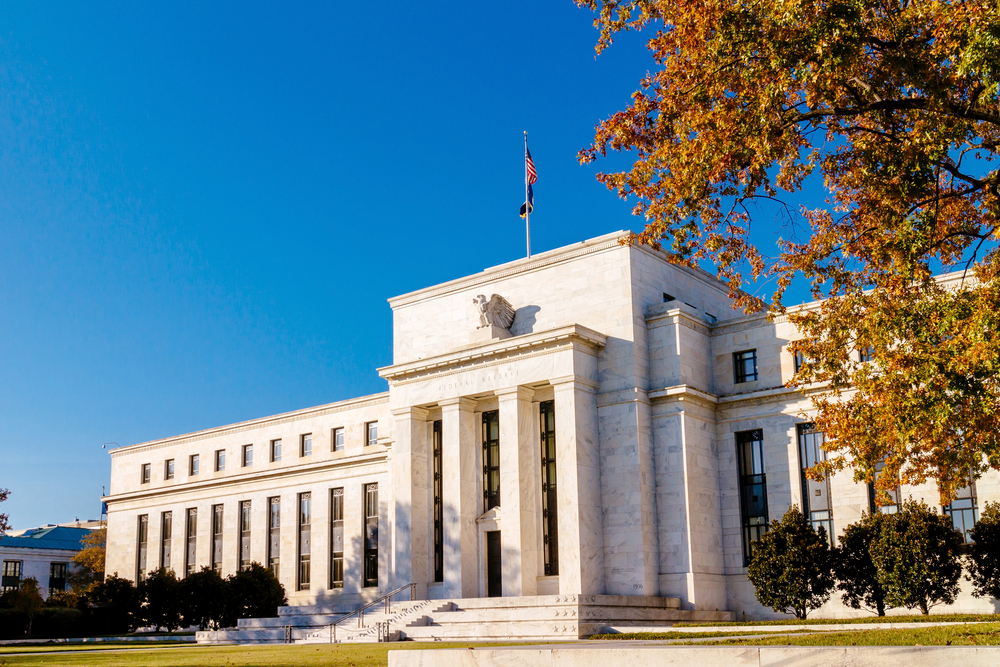Highlights of the FOMC Minutes
The Federal Open Market Committee (FOMC) published the minutes of its last meeting of the year held on December 15 – 16 at 21:00 (GMT+2) yesterday.
It was noted in the minutes that the Board of Governors voted to keep the target range for the federal funds rate at 0 to 1/4 percent. "All participants supported enhancing the Committee's guidance on asset purchases at this meeting and, in particular, adopting qualitative, outcome-based guidance indicating that increases in asset holdings would continue, with purchases of Treasury securities of at least $80 billion per month and of agency MBS of at least $40 billion per month, until substantial further progress has been made toward reaching the Committee's maximum employment and price stability goals," the minutes further noted down.
According to the minutes, participants noted that the COVID-19 pandemic was causing tremendous human and economic hardship across the United States and around the world, and the weaker demand and earlier declines in oil prices had been holding down consumer price inflation.
Participants also agreed that the path of the economy would depend on the course of the virus and that the ongoing public health crisis would continue to weigh on economic activity, employment, and inflation in the near term and posed considerable risks to the economic outlook over the medium term. However, there are significant uncertainties regarding how quickly the deployment of vaccines would proceed as well as how different members of the public would respond to the availability of vaccines, according to the participants.
They noted that the economic recovery thus far had been stronger than anticipated—suggesting greater momentum in economic activity than had been previously thought—but viewed the more recent indicators as signaling that the pace of recovery had slowed. However, the positive vaccine news received over the intermeeting period was viewed as favorable for the medium-term economic outlook.
Stating that the household spending on goods, especially durables, had been strong, participants also commented that the rebound in consumer spending was due, in part, to fiscal programs such as federal stimulus payments and expanded unemployment benefits. In other words, participants found that expanding policies provided support for interest-sensitive categories of spending, including housing investment and durable goods spending.
In the text, participants made references to strong data in new orders and shipments, while noting that low inventory levels could be a factor supporting increases in production as demand continues to recover.
Participants remarked that labor market conditions generally had continued to improve, but they were still a long way from those consistent with the Committee's maximum employment goal. According to relevant data, although the pace of employment gains had moderated in recent months, the overall recovery in employment thus far had been faster than anticipated, with a little more than half of the 22 million jobs lost over March and April having been regained. Participants assessed that the ongoing surge in COVID-19 infections would be particularly challenging for the labor market in coming months, but they indicated that they expected employment to continue to recover over the medium term.
As for inflation, the participants noted that price growth has recently been soft, the risks have become more balanced compared to the pandemic period, and overall downward pressure will start to decrease in 2021.
Participants reaffirmed the Fed's commitment to use all its tools to support the U.S. economy during this challenging period, acknowledging that positive news over the medium term improved the economic outlook, but that the current path remains uncertain and economic activity remains far from the committee's long-term goals. Against this background, it was underlined that all participants decided that it was necessary to maintain the current stance of monetary policy in order to stimulate the economic recovery.
And they believe that the current asset purchases help foster smooth market functioning and accommodative financial conditions, thereby supporting the flow of credit to households and businesses.
Finally, members agreed that in assessing the appropriate stance of monetary policy, they will continue to monitor their impact on the incoming economic outlook and will be ready to change the stance of monetary policy appropriately if possible risks arise.





